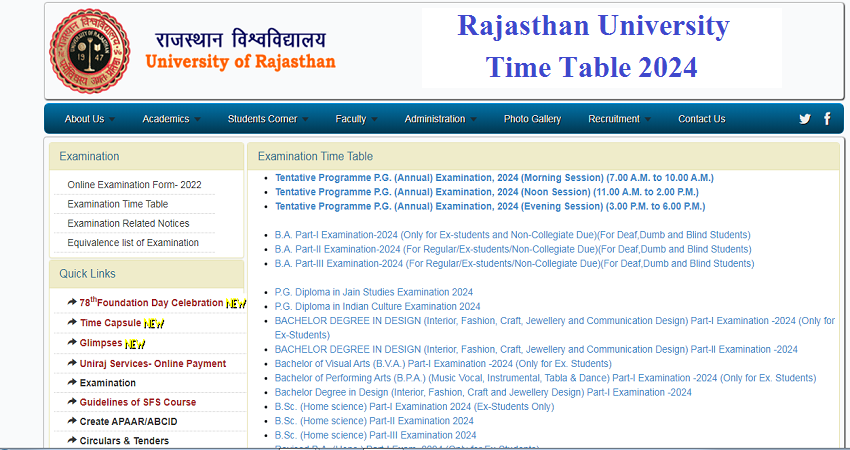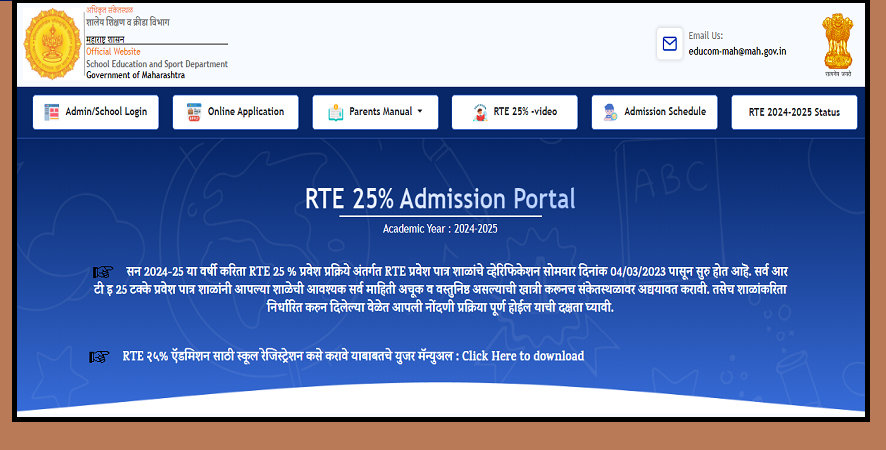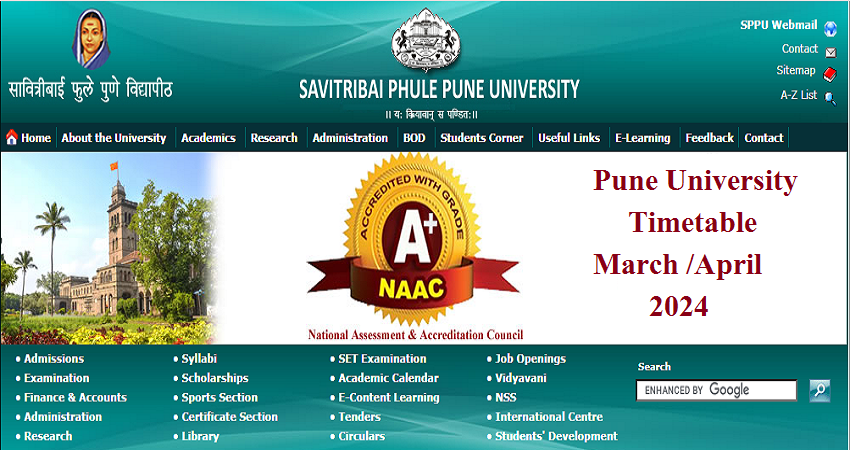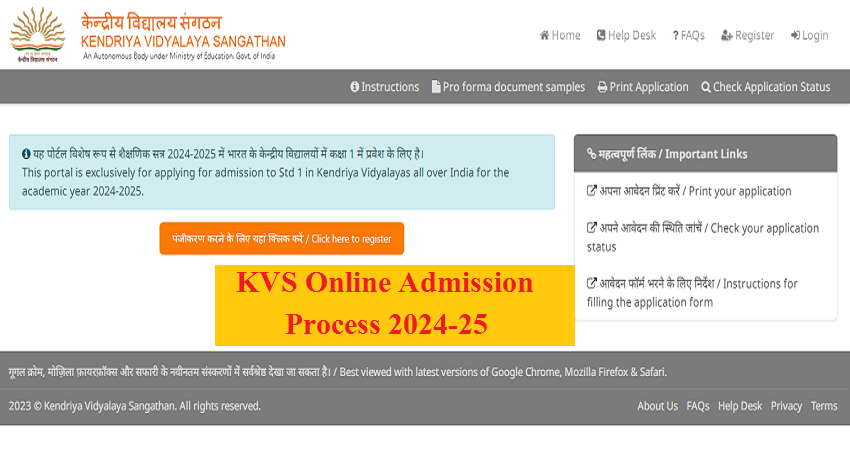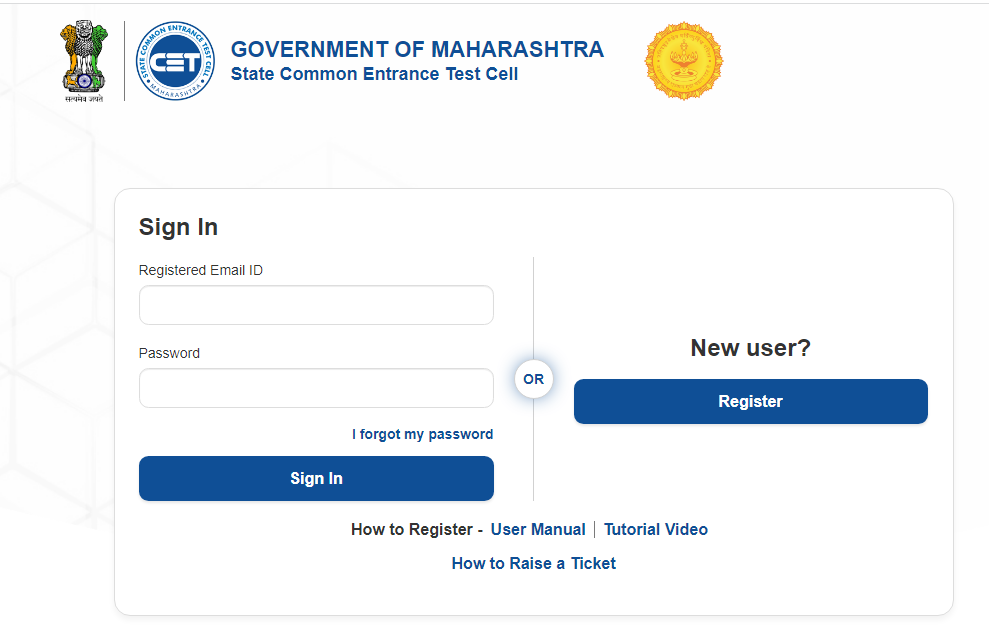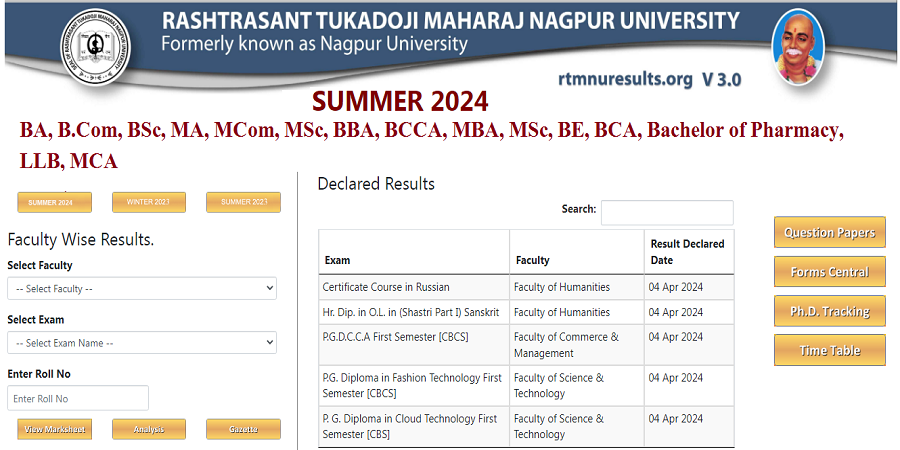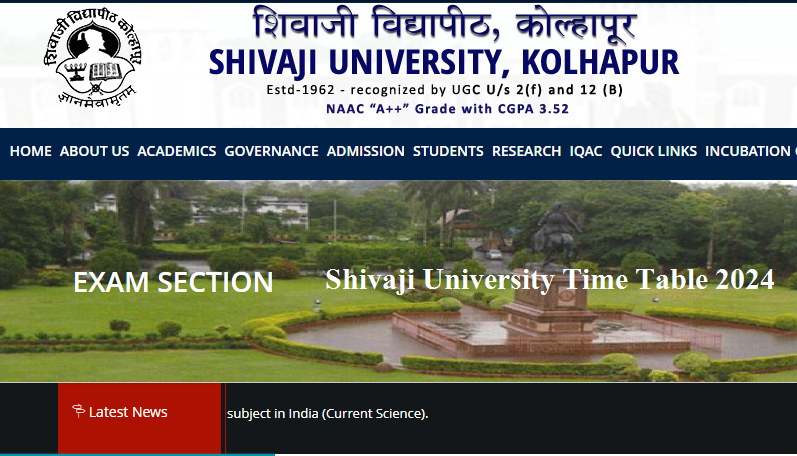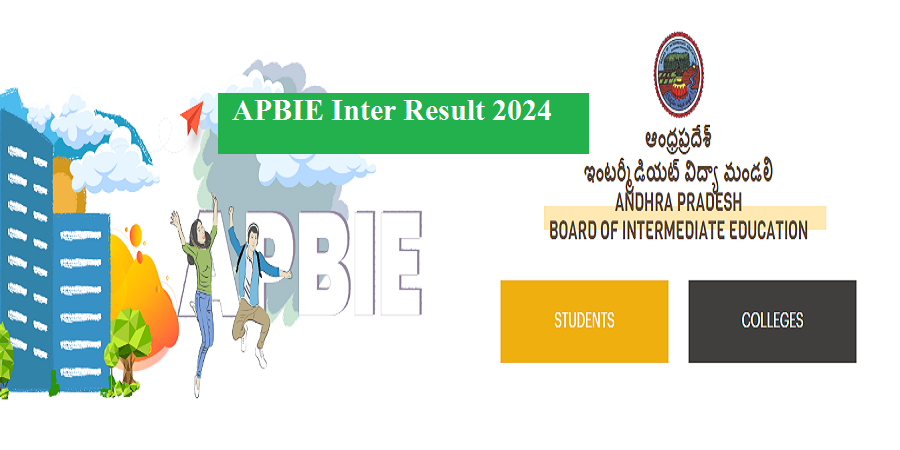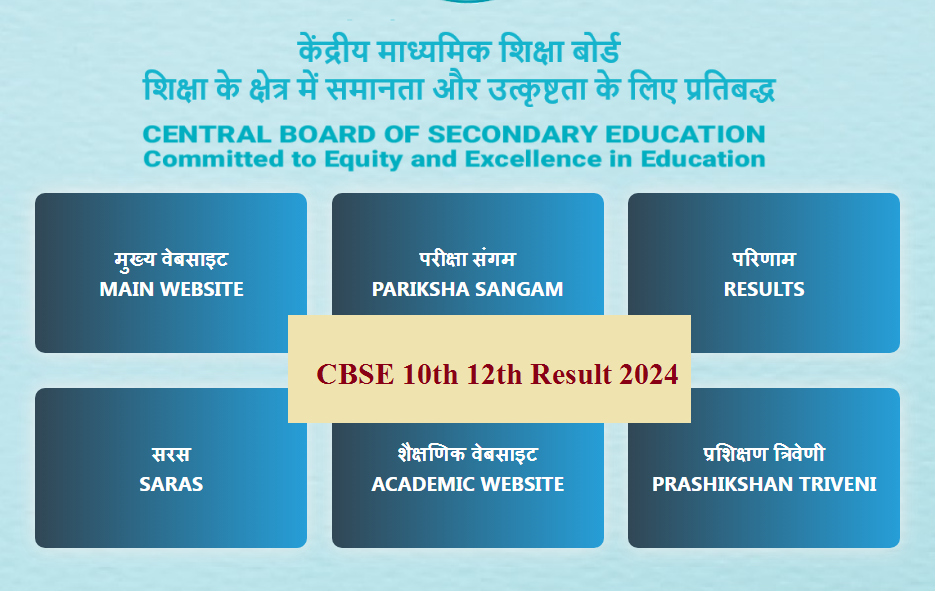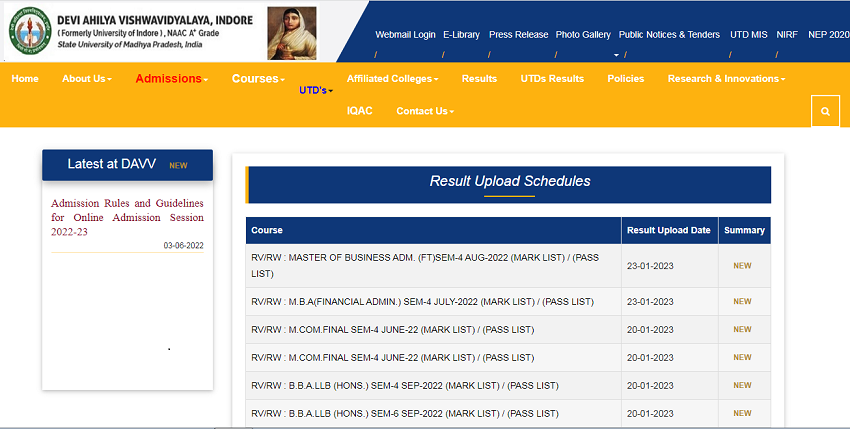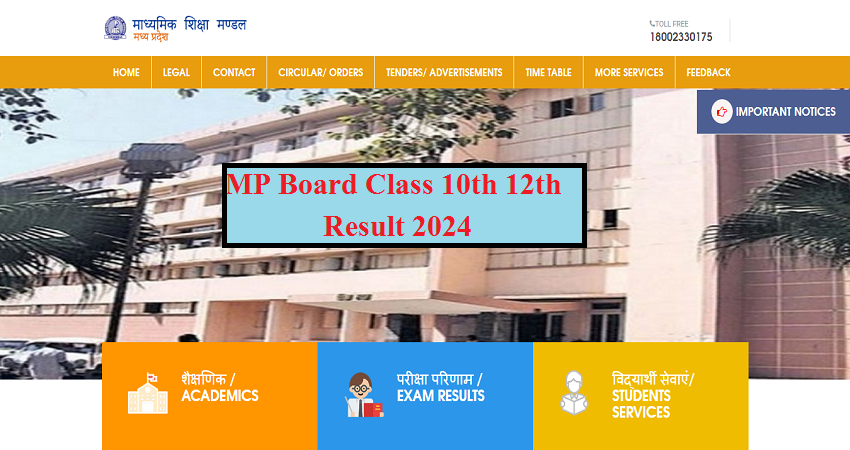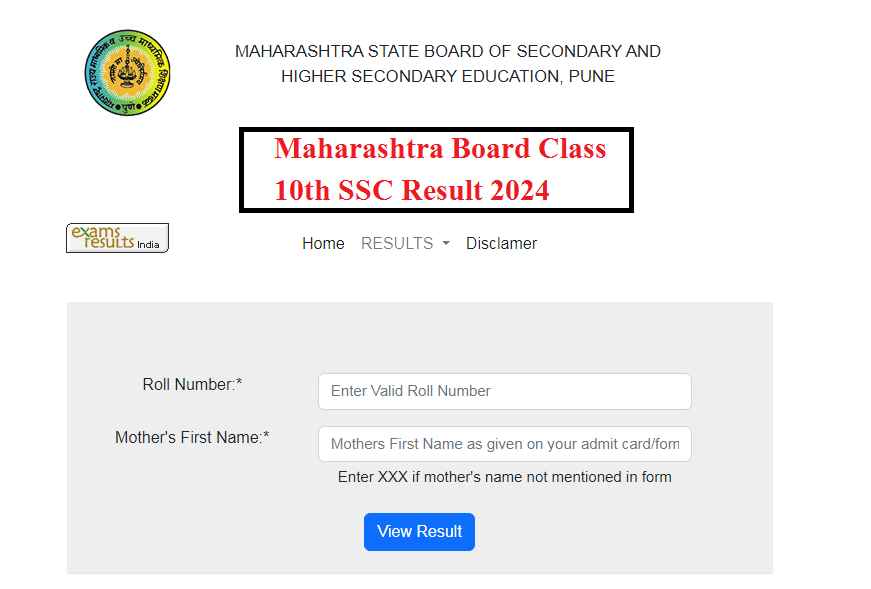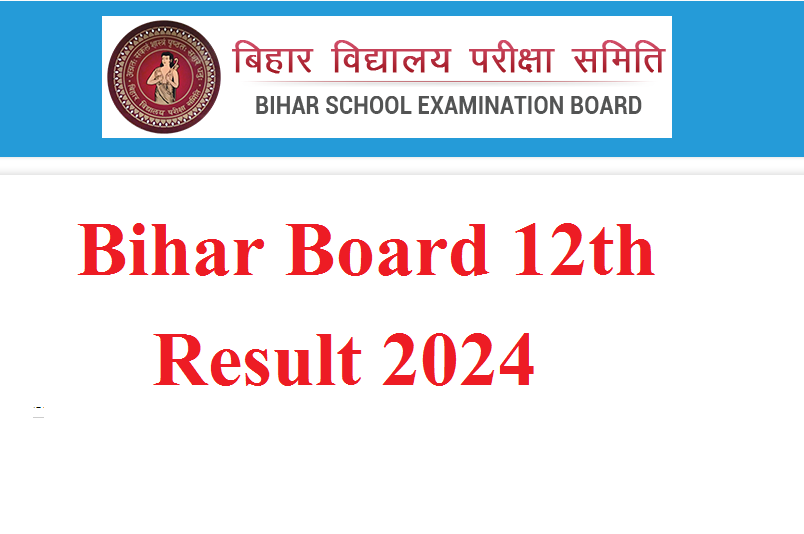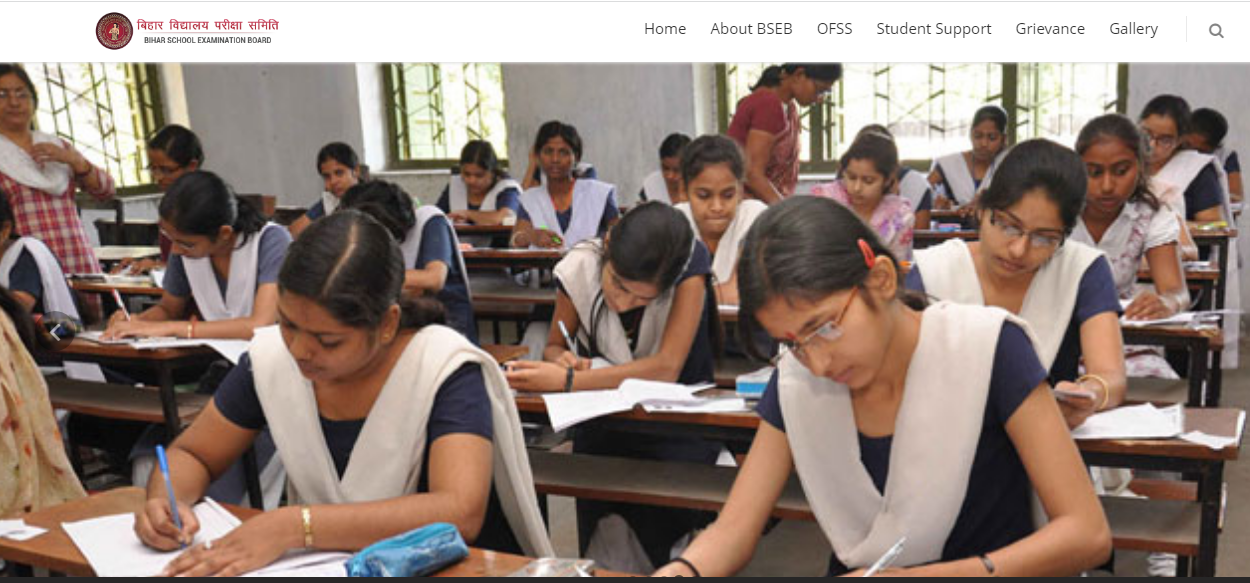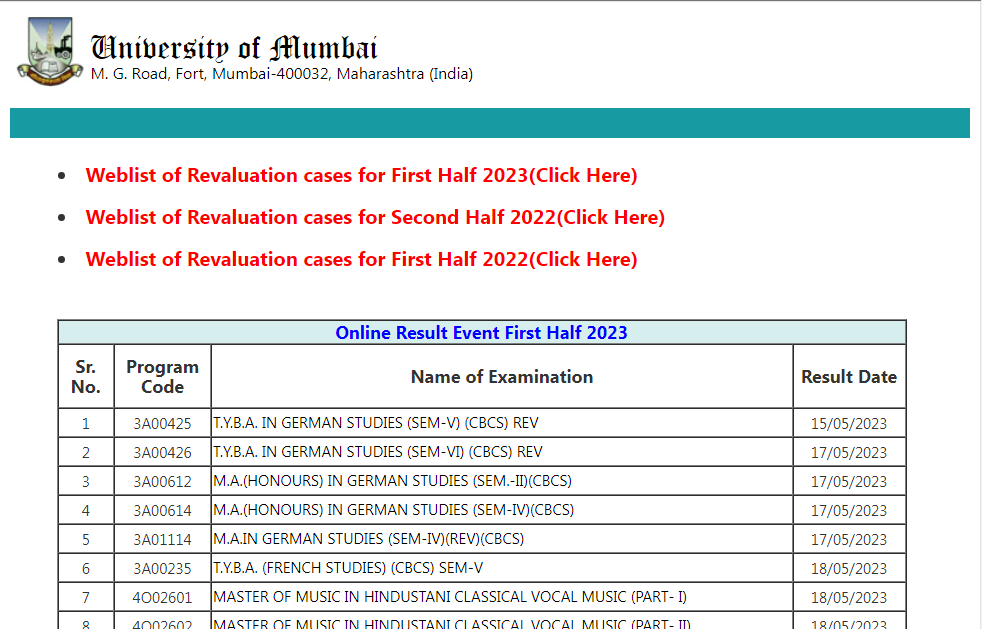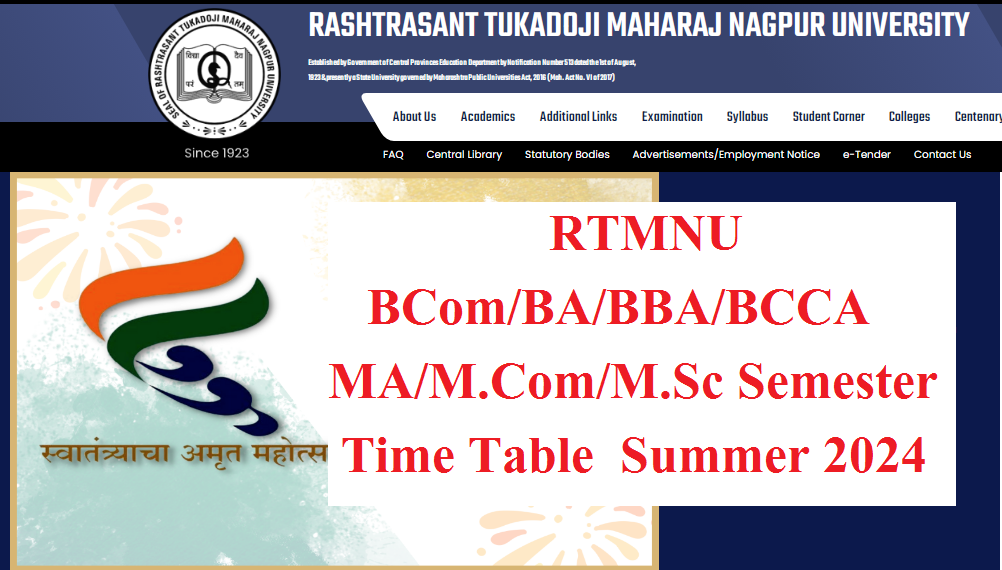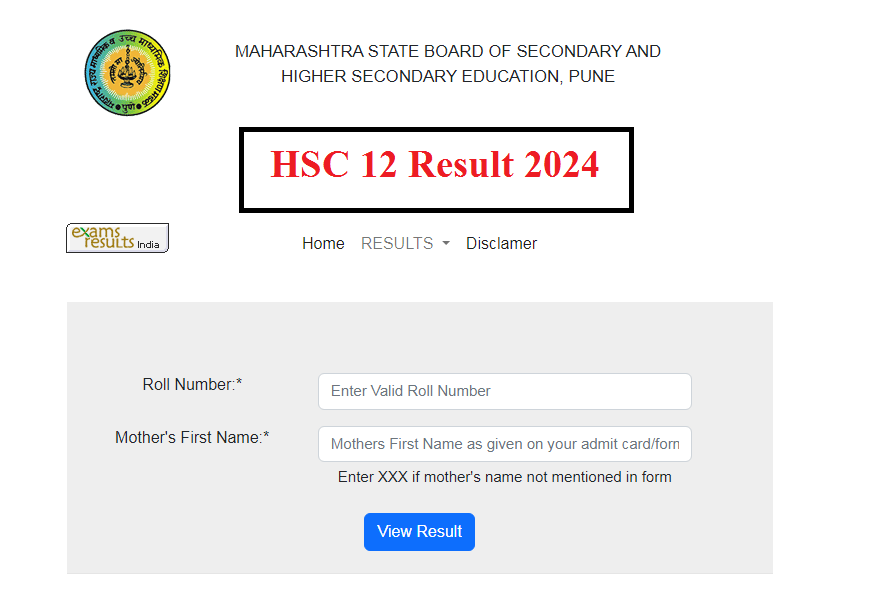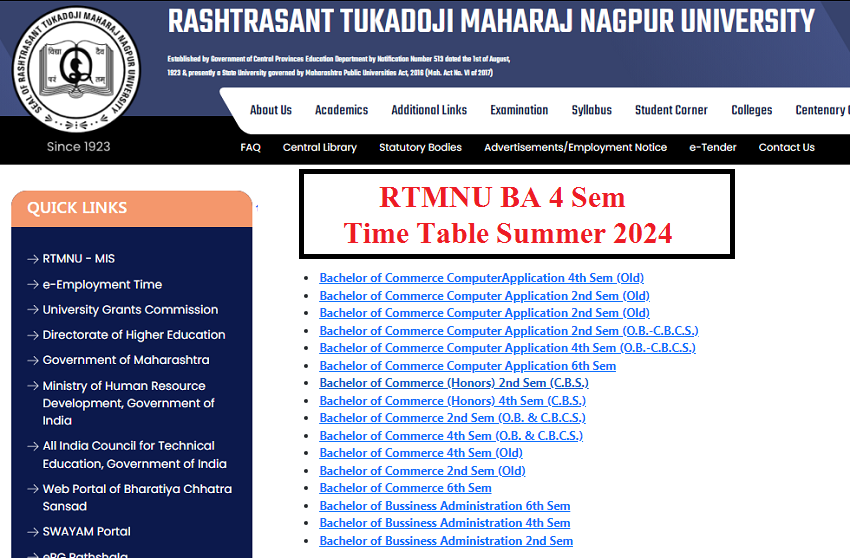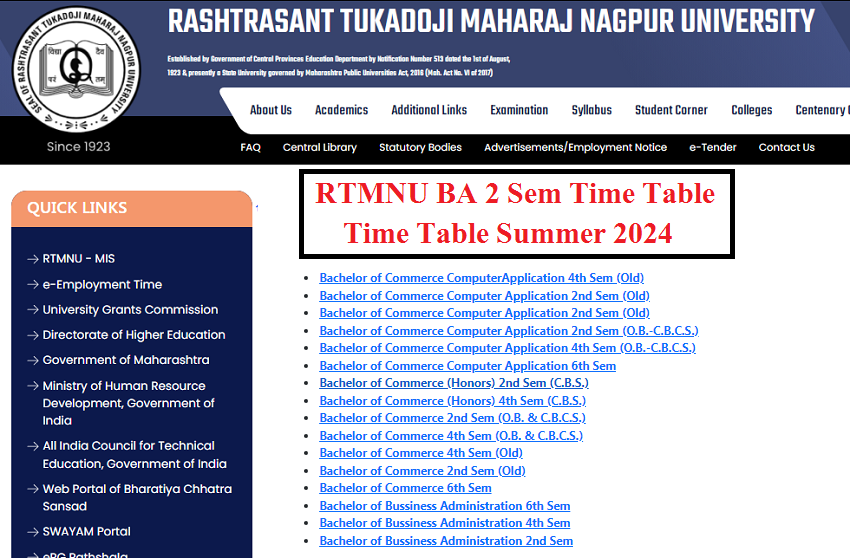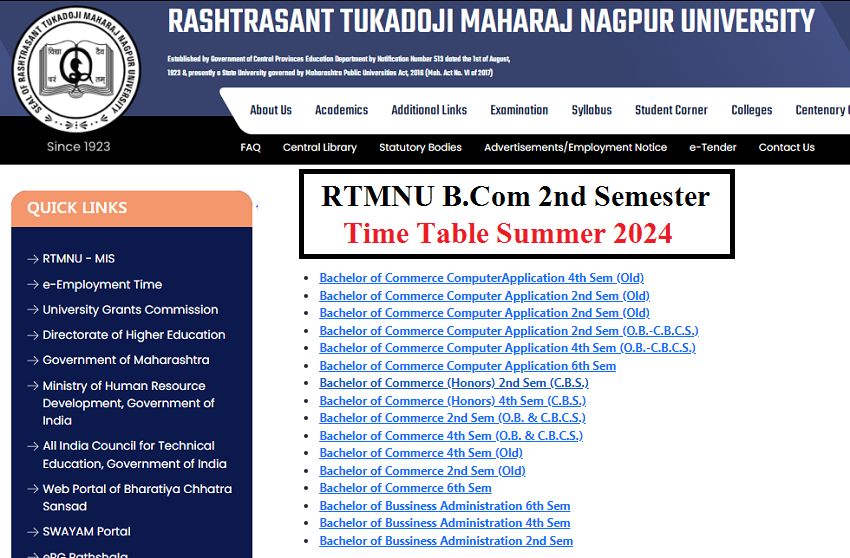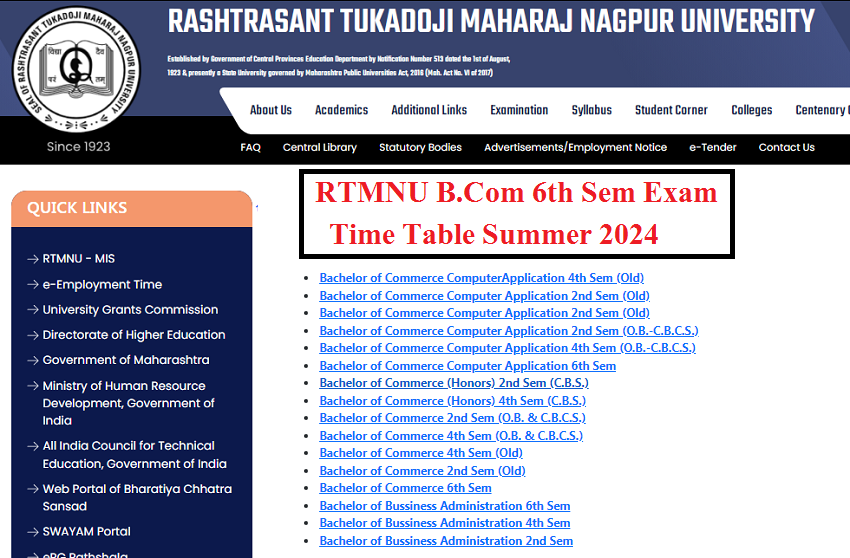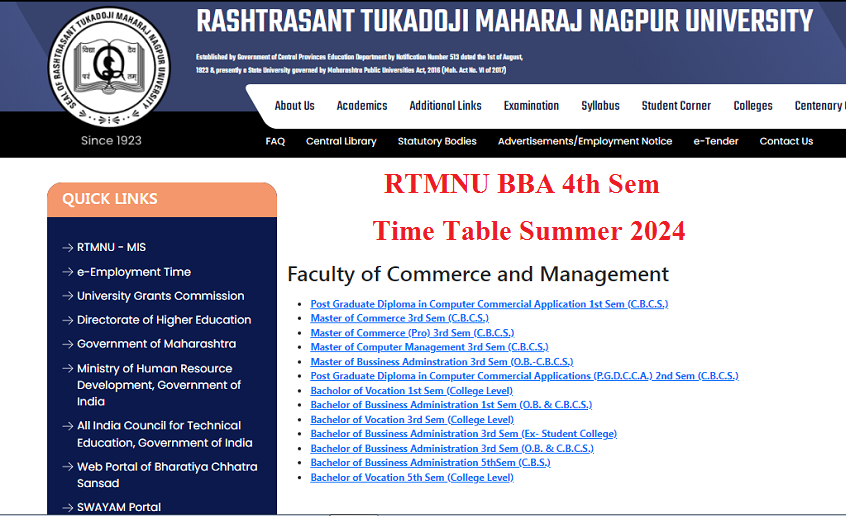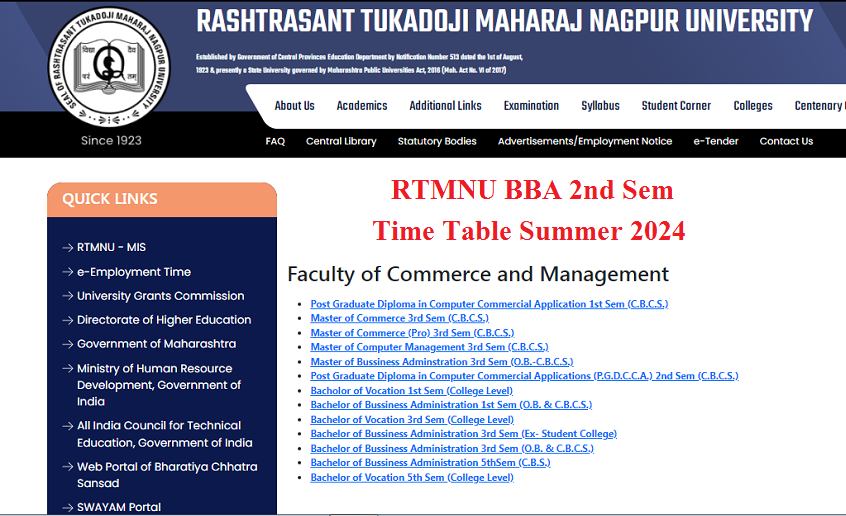RTMNU Revised B.Sc Chemistry Sem 1 Syllabus 2021
RTMNU Revised B.Sc Chemistry Sem 1 Syllabus 2021
RTMNU Revised B.Sc Chemistry Sem 1 Syllabus 2021 | Nagpur University B.Sc Chemistry Syllabus Part 1| RTMNU First Year B.Sc Chemistry Syllabus
Nagpur University New Syllabus 2021 is available for Downloading. The latest RTMNU Revised B.Sc Chemistry Sem 1 Syllabus 2021 is published by Nagpur University. The students looking for this syllabus can Download the PDF Syllabus from given respective Links. We keep adding More details about this Syllabus on this page. We given below the Details updated new syllabus. Students of RTMNU are requested to go though the detail syllabus. You can also download the PDF of syllabus from given link. For More updates keep visiting us.
RTM Nagpur University Revised B.Sc Chemistry Sem 1 Syllabus 2021 -RTM Nagpur University B.Sc First Semester New Revised Syllabus is given below for Downloading. The students can Download the respective Syllabus from following given details. Just go through the given links & read the given syllabus carefully. Nagpur University First Year New Semester Online Detail syllabus given below.
RTM Nagpur University, Nagpur
Semester Pattern
Subject: Chemistry
B.Sc. Sem. I Paper -II (Physical Chemistry)
Unit – I: Thermodynamics
(A) Definitions of some common thermodynamic terms:
system, surrounding,types of systems: open, closed, isolated, homogeneous and heterogeneous systems, extensive and intensive properties, thermodynamic processes: isothermal, adiabatic, isochoric, isobaric, cyclic, reversible and irreversible processes, concept of heat and work, Zeroth law of thermodynamics, First law of thermodynamics, internal energy, enthalpy, heat capacity, relationship between Cp and Cv. Joule-Thomson effect, Joule-Thomson experiment, JouleThomson coefficient and inversion temperature.
(B) Thermochemistry:
Standard states, enthalpy of formation, enthalpies of compounds, enthalpy of combustion, enthalpy of solution, enthalpy of dilution, enthalpy of neutralisation, enthalpy of ionisation. Hess’s law of constant heat summation and its applications, heat of reaction, relationship between heat of reaction at constant volume and at constant pressure, average bond energy, bond dissociation energy and its calculations from thermochemical data.
Numerical problems.
Unit-II: Gaseous State
(A) Postulates of kinetic theory of gases, derivation of kinetic gas equation, deductions of various gas laws from kinetic gas equation: Boyle’s law, Charle’s law, Avogadro’s law, Graham’s law, Dalton’s law, Ideal gas equation. Qualitative discussion of Maxwell-Boltzmann distribution of molecular velocities, effect of temperature on molecular velocities, different types of molecular velocities with their expressions and interrelationships: average, root mean square and most probable velocities, collision diameter, collision number and mean free path.
(B) Ideal and real gases, deviation of real gases from ideal behaviour,
explanation of the terms:
compressibility factor and Boyle temperature, causes of deviation from ideal behaviour, Vander-Waal’s equation of state, explanation of behaviour of real gases by Vander-Waal’s equation, Andrew’s experiment on critical phenomenon: isotherms of CO2 , continuity of state, isotherms of Vander
Waal’s equation, relationship between critical constants and Vander Waal’s constants, reduced equation of state and law of corresponding states. Numerical problems.
Unit-III: Liquid State
(A) Intermolecular forces:
dipole-dipole attraction, ion-dipole attraction, dipole- induced dipole attraction and induced dipole-induced dipole attractions, models of liquid state, structural differences between solids, liquids and gases, liquid crystals, types of liquid crystals: nematic, smectic and cholesteric liquid crystals, difference between liquid crystal, solid and liquid, thermography, liquid crystal display and seven segment cells.
(B) Properties of liquid:
surface tension, measurement of surface tension by capillary rise method and drop number method, parachor and its applications, viscosity, coefficient of viscosity, effect of temperature on viscosity. Relative viscosity, specific viscosity, reduced viscosity and intrinsic viscosity, determination of viscosity by Ostwald’s viscometer, refractive index, determination of refractive index by Abbe’s refractometer, specific refraction,
molar refraction. Numerical problems.
Unit-IV: Surface Chemistry, Catalysis and Colloidal State
(A) Adsorption:
Physical and chemical adsorption, difference between physisorption and chemisorption, Freundlich adsorption isotherm, Langmuir adsorption isotherm, applications of adsorption. Catalysis, characteristics of catalyst, homogeneous and heterogeneous catalysis, promotors and inhibitors, autocatalysis, enzyme catalysis, applications of catalysts.
(B) Colloidal states:
Introduction, types of colloidal systems, classification of colloids, true solutions, colloidal solutions and suspensions. General properties of colloidal systems, properties of hydrophobic colloidal systems (a) electrical properties: charge on colloidal particles, coagulation of colloidal sols: Hardy and Schulzer rule, Gold number (b) electrokinetic properties: electrophoresis and electro-osmosis. Surfactants, types of emulsions, emulsifiers, gels, preparation of gels, importance and application of colloids. Numerical problems.
Laboratory Course
Practical- I (Inorganic Chemistry):
Semi micro Qualitative Analysis Qualitative analysis of inorganic salt mixture containing two acidic radicals of different group and two basic radicals of same groups. (At least six mixtures to be analysed)
1. To detect presence of iron, coal tar and catechu (as adulterants) in Tea powder.
2. To detect presence of brick powder and Rhodamine B (as adulterants)in chili powder.
3. To detect yellow lead salt and chalk powder (as adulterants) in Turmeric powder
4. To detect urea and sugar (as adulterants) in milk.
Practical-II (Physical Chemistry)
1 .Determination of heat of solution of potassium nitrate calorimetrically.
2. Determination of heat of ionisation of acetic acid calorimetrically.
3. Determination of integral heat of solution of salt at two different concentrations and hence determine integral heat of dilution.
4. Determination of viscosity coefficient of unknown liquid by Ostwald’s viscometer.
5. Determination of surface tension of given liquid by drop number method (Stalagmometer method)
6. To compare cleansing power of two samples of detergent.
7. To determine refractometrically specific and molar refractions of given liquids.
8. To study the adsorption of oxalic acid on activated charcoal and verify Freundlich adsorption isotherm.
Reference Books (Therory):
1. Barrow G. M; Physical Chemistry, Tata Mc Grow Hills(2007).
2. Castellan G. W; Physical Chemistry, Narosa (2004).
3. Puri B. R; Sharma L. R; Pathania M. S; Principles of Physical Chemistry, Vishal Publishing Company (2018).
4. Gurdeep Raj; Advanced Physical Chemistry, Goel Publishing House (2009).
5. Bajpai D.N; Advanced Physical Chemistry, S. Chand Publishing (2001).
6. Atkins P.W; Paula J.De; Physical Chemistry, 8th Edn. Oxford University Press (2006).
7. Negi A.S., Anand S. C; A Textbook of Physical Chemistry, New Age International Publishers (2007).
Reference Books (Practical)
1. Das R. C., Behra B., Experimental Physical Chemistry, Tata McGraw Hill.
2. Yadav J. B., Advanced Practical Physical Chemistry, Goel Publishing House.
3. Alexander Findlay, Levitt B. P., Findlay’s Practical Physical Chemistry, Longman, London.

